Kolkata’s food culture is not driven by trends but by tradition, memory, and daily life. The answer to what is the main food of Kolkata lies not in one dish, but in a way of eating shaped by seasons, festivals, and family routines. Meals are balanced, thoughtfully prepared, and often handed down through generations. From mustard-laced fish curries to simple lentils and rice, every plate reflects care and continuity. The city’s cuisine is a quiet celebration of variety, rooted in habit, guided by nature, and shaped by time, not fashion.
Rice And Fish Form The Daily Core
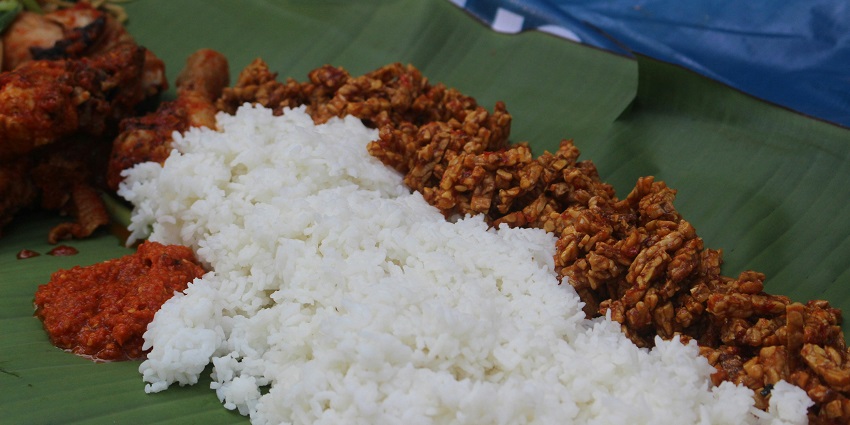
Photo: Adriel Prastyanto / Unsplash / Image For Representation Only
For many Bengali families in Kolkata, lunch begins with warm, steamed rice—soft, lightly salted, and comforting. This is followed by lentils or a vegetable stir-fry, then the main attraction: fish. Freshwater varieties like rohu, katla, and hilsa are everyday staples. Typically marinated in turmeric and salt, the fish is fried or slow-cooked in mustard-based curries. Hilsa with mustard and green chili paste is a monsoon classic, while lighter gravies with pointed gourd suit summer. Across households, rice and fish remain the central rhythm of Kolkata’s enduring food culture.
Shukto Opens The Meal With Bitterness And Balance
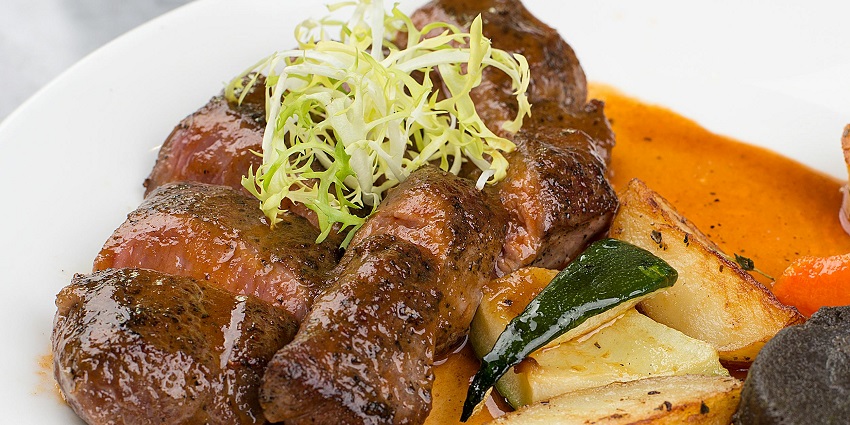
Photo: Shameel Mukkath / Pexels / Image For Representation Only
Traditional Bengali meals often begin with a touch of bitterness to stimulate the palate and aid digestion. The most common dish at this stage is shukto—a delicate medley of vegetables like bitter gourd, raw banana, drumsticks, and sweet potato. These are slow-cooked in milk, tempered with mustard and fenugreek seeds, and sometimes finished with poppy seed paste. Though initially bitter, shukto leaves a subtle, almost sweet aftertaste. It is a dish of balance and restraint, reflecting the Bengali belief in eating for nourishment, harmony, and seasonal well-being.
Lentils And Bhaja Add Warmth To The Plate
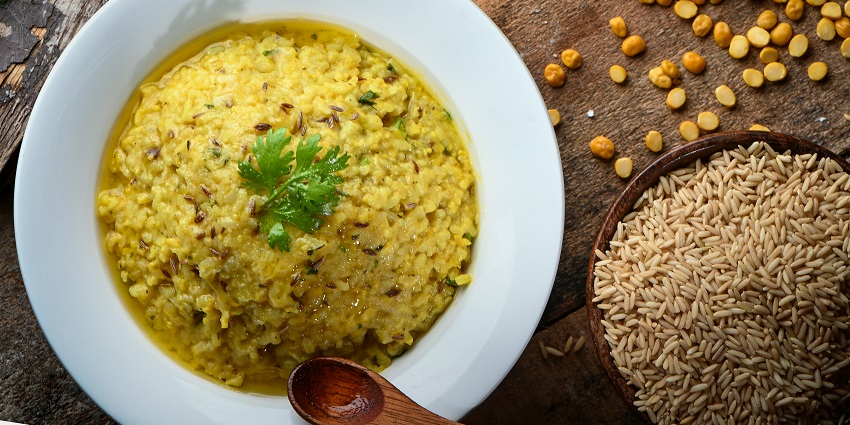
Photo: Mario Raj / Unsplash / Image For Representation Only
After shukto comes the serving of dal, most commonly made from moong or masoor lentils. It is seasoned with cumin seeds, bay leaves, and ghee. The dal is served with a piece of lime or a green chili on the side. Fried accompaniments known as bhaja are placed next to the dal. These include thin slices of eggplant, pumpkin, or potato fried in mustard oil. Sometimes, crispy lentil fritters called bora are added. The combination of soft lentils and crisp vegetables helps in maintaining texture on the plate. It brings warmth, crunch, and comfort in equal measure.
Vegetable Curries Are Cooked With Seasonal Logic
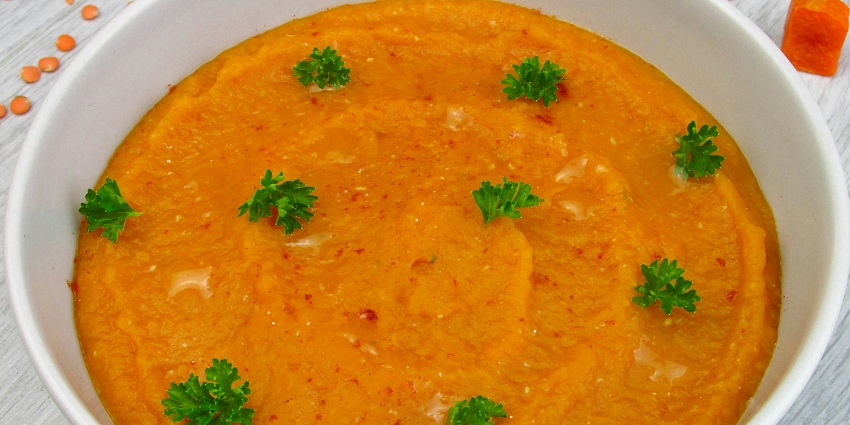
Photo: Karyna Panchenko / Unsplash / Image For Representation Only
Kolkata’s vegetable dishes reflect the rhythm of the seasons. Summer favors bottle gourd, ridge gourd, and leafy greens, often sautéed or simmered in light, ginger-based gravies. Winter brings richer flavors with cabbage, cauliflower, and peas. Spices are used sparingly to preserve the vegetables’ natural taste. Chorchori, a dry mixed vegetable dish, combines seasonal produce and leftovers, stir-fried in mustard oil with panch phoron for a smoky, charred finish. Labra, another mixed vegetable preparation, is softer and milder, often served with khichuri during religious occasions. Both dishes reflect resourcefulness and deep-rooted culinary traditions.
Mutton Curry Defines Special Sundays
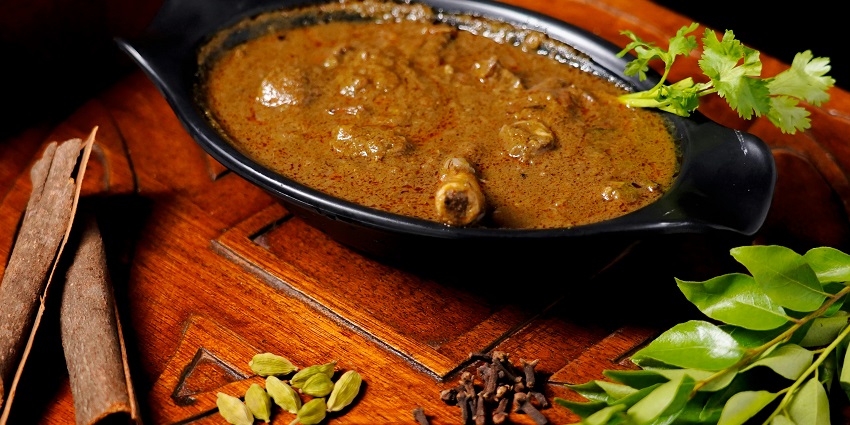
Photo: SARANKARTHICK s / Unsplash / Image For Representation Only
Though fish dominates most days, mutton curry remains the star of weekend meals. The meat is marinated overnight with yogurt, garlic, and spices. It is then slow-cooked with potatoes in a thick, red gravy until tender. The dish is always served with rice or luchi, a puffed flour bread. This curry does not require decoration. Its presence at the table signals leisure, gathering, and contentment. Families make it with care, allowing hours for the flavors to develop. In many homes, the aroma of mutton curry cooking on Sunday mornings becomes a part of personal memory.
Khichuri Comforts During Rain And Ritual
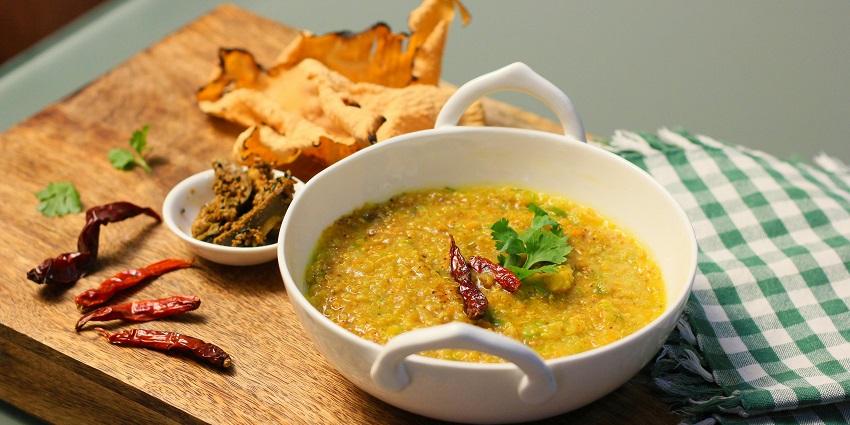
Photo: Thomas Nahar / Pexels / Image For Representation Only
On cloudy days or festival mornings, khichuri often simmers in Kolkata kitchens. This one-pot dish of rice and lentils is combined with vegetables like potatoes, cauliflower, or green peas and gently spiced with bay leaves, cinnamon, and cloves. Served with fried eggplant, papad, and tomato chutney, it’s both comforting and festive. During Durga Puja and Saraswati Puja, bhog khichuri—made without onion or garlic—is offered to the goddess before being shared with devotees. Its soft texture and warm aroma blend nourishment with devotion, linking everyday cooking to moments of spiritual celebration.
Pulao And Chhanar Dalna Shape Vegetarian Feasts
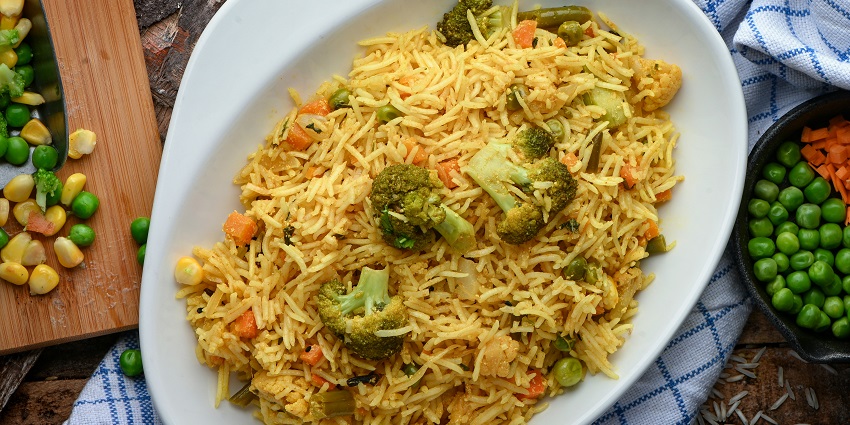
Photo: Mario Raj / Unsplash / Image For Representation Only
When guests arrive or a vegetarian spread is planned, Bengali pulao often takes center stage. This fragrant rice dish, lightly tinted yellow with turmeric, is cooked with ghee, raisins, cashews, and gentle spices. It pairs beautifully with chhanar dalna—a curry made from soft cottage cheese balls simmered with potatoes in a tomato-ginger gravy. Whole spices lend depth, while the sweet, spicy, and tangy balance defines its character. Rich in aroma and texture, this combination is reserved for special occasions, festive meals, and religious offerings, reflecting both hospitality and culinary tradition in Bengali households.
Street Snacks Shape The Evening Routine
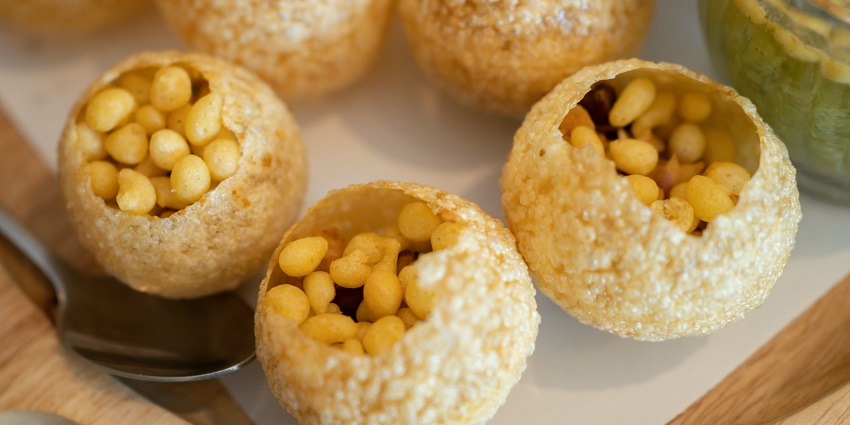
Photo: Rathaphon Nanthapreecha / Pexels / Image For Representation Only
After the afternoon rest, Kolkata’s streets come alive with the scent and sound of snacks being prepared. Crowds gather around phuchka stalls, where crisp shells filled with spiced potato are dipped in tangy tamarind water. Ghugni, a white pea curry, is served hot with onions and lime. Egg rolls—parathas wrapped around fried egg and veggies—are passed out on paper sheets. Jhalmuri, a spicy puffed rice mix, is scooped into cone-shaped packets. These beloved street foods follow no script—they shift with mood, appetite, and the rhythms of the city itself.
Sweets Are Never Left For Last Alone
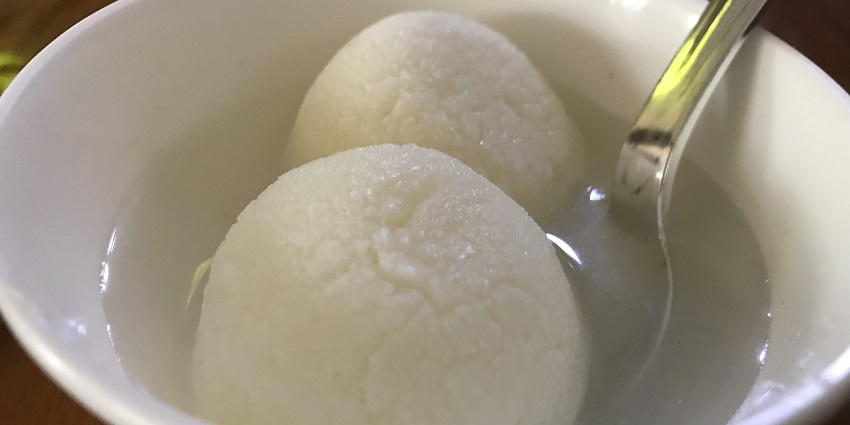
Photo: Marajozkee / Wikimedia Commons / Image For Representation Only
In Kolkata, sweets are more than desserts—they weave through meals and moments alike. Rosogolla, soft chhena balls soaked in sugar syrup, is the city’s most iconic sweet. Sandesh, made from pressed cottage cheese and infused with cardamom or fruit, comes in both dry and moist varieties. Winter brings the rich flavor of nolen gur, or date palm jaggery, used in seasonal treats. Pithe, a coconut and jaggery rice cake, celebrates the harvest festival of Poush Parbon. Mishti doi, sweetened yogurt chilled in clay pots, offers a creamy, joyful finish to any meal.
For those wondering what is the main food of Kolkata, the truth isn’t found in one plate or recipe. It’s a tradition shaped by time, season, and memory. From the gentle bitterness of shukto to the sweetness of mishti doi, every meal tells a story. Kolkata’s food is not just eaten; it’s shared, remembered, and cherished. Discover this culinary heritage with TripXL and taste the city’s timeless flavors for yourself.
Cover Photo: Anil Sharma / Unsplash / Image For Representation Only


 WhatsApp
WhatsApp
 Twitter
Twitter









